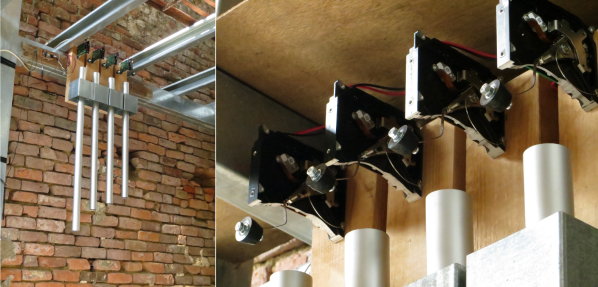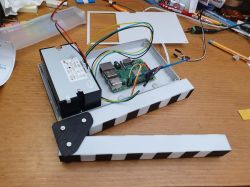Remember The Clapper? It was a home automation tool (of sorts) that let you turn appliances on and off by clapping. [Kevin O’Connor] has built something rather similar, if more terrifying. It’s called The Screamer.
The build is based around a Sonoff S31 smart switch. [Kevin] selected an off-the-shelf device because he wanted something that was safe to use with mains power out of the box. But specifically, he selected the S31 because it has an ESP8266 inside that’s easy to reprogram with the aid of ESPHome. He ended up hooking up a whole extra ESP32 with an INMP441 microphone over I2S to do the scream detection. This was achieved with a simple algorithm that looked for high amplitude noises with lots of energy in the 1000 – 4000 Hz frequency range. When a scream is detected, it flips a GPIO pin which is detected by the S31, which then toggles the state of the smart switch in turn. Job done.
It’s a simple project that does exactly what it says on the tin. It’s The Screamer! If you’d like to learn more about the original Clapper that inspired this build, we’ve looked at that before, too. Meanwhile, if you’re cooking up your own excuses to scream at the lights and walls in your home, please only notify the tipsline if it has something vaguely to do with electronics or hackery.


















